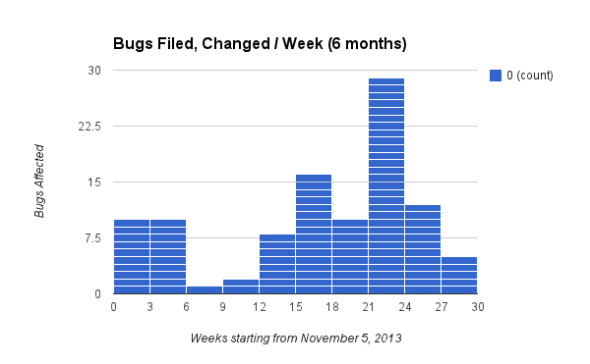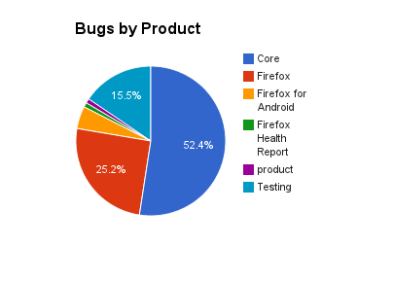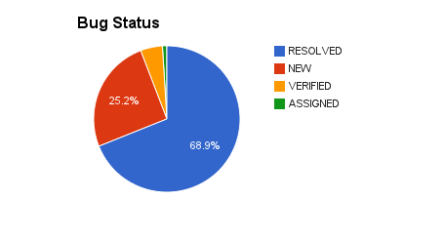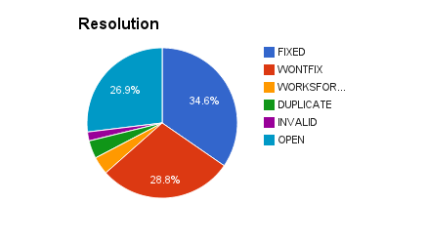Every month this year I am planning to write a summary of Project Stockwell.
Last year we started this project with a series of meetings and experiments. We presented in Hawaii (a Mozilla all-hands event) an overview of our work and path forward.
With that said, we will be tracking two items every month:
Week of Jan 02 -> 09, 2017 |
|
| Orange Factor | 13.76 |
| # High Frequency bugs | 42 |
What are these high frequency bugs:
- linux32 debug timeouts for devtools (bug 1328915)
- Turning on leak checking (bug 1325148) – note, we did this Dec 29th and whitelisted a lot, still much exists and many great fixes have taken place
- some infrastructure issues, other timeouts, and general failures
I am excited for the coming weeks as we reduce the orange factor back down <7 and get the high frequency bugs <20.
Outside of these tracking stats there are a few active projects we are working on:
- adding BUG_COMPONENTS to all files in m-c (bug 1328351) – this will allow us to then match up triage contacts for each components so test case ownership has a patch to a live person
- retrigger an existing job with additional debugging arguments (bug 1322433) – easier to get debug information, possibly extend to special runs like ‘rr-chaos’
- add |mach test-info| support (bug 1324470) – allows us to get historical timing/run/pass data for a given test file
- add a test-lint job to linux64/mochitest (bug 1323044) – ensure a test runs reliably by itself and in –repeat mode
While these seem small, we are currently actively triaging all bugs that are high frequency (>=30 times/week). In January triage means letting people know this is high frequency and trying to add more data to the bugs.







